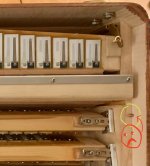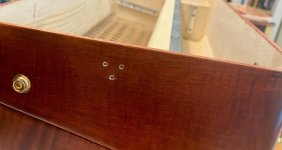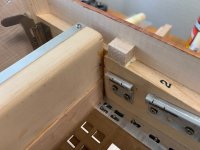I'm curious (famous last words..) about removing and re-installing the treble reed blocks in this accordion. I've taken some photos: I think I've identified the screws I would loosen to slip out the blocks (identified with green circles).
Is this correct? Also, is it terribly difficult to put them back in place correctly?
Any tips or advice would be appreciated. I haven't found any videos (yet) showing this process close up.
EDIT: I'm sorry - I realize now that I should have posted this in the "How do I...?" section (but can't find a way to delete/move it there).
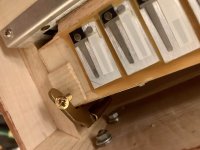
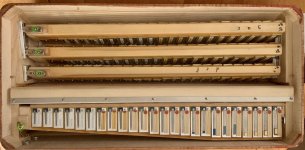
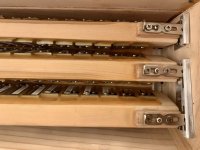
Is this correct? Also, is it terribly difficult to put them back in place correctly?
Any tips or advice would be appreciated. I haven't found any videos (yet) showing this process close up.
EDIT: I'm sorry - I realize now that I should have posted this in the "How do I...?" section (but can't find a way to delete/move it there).



Last edited:

